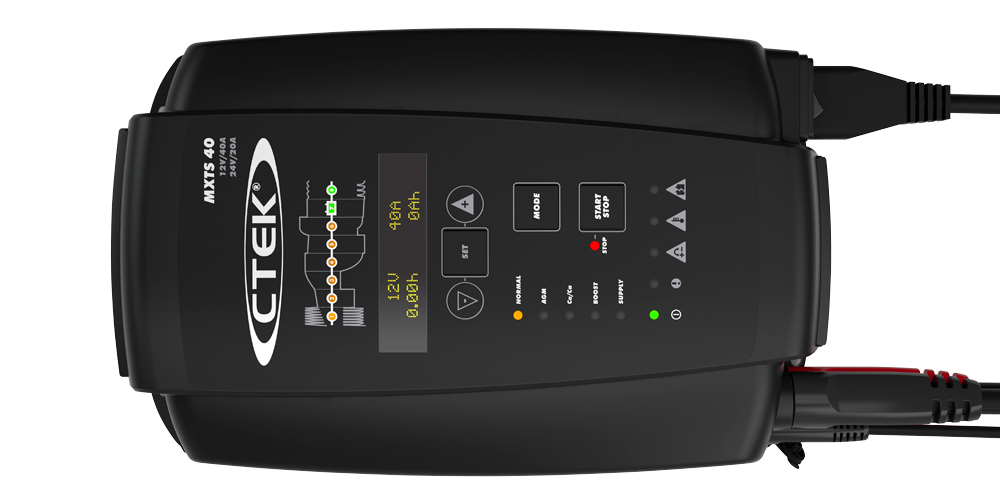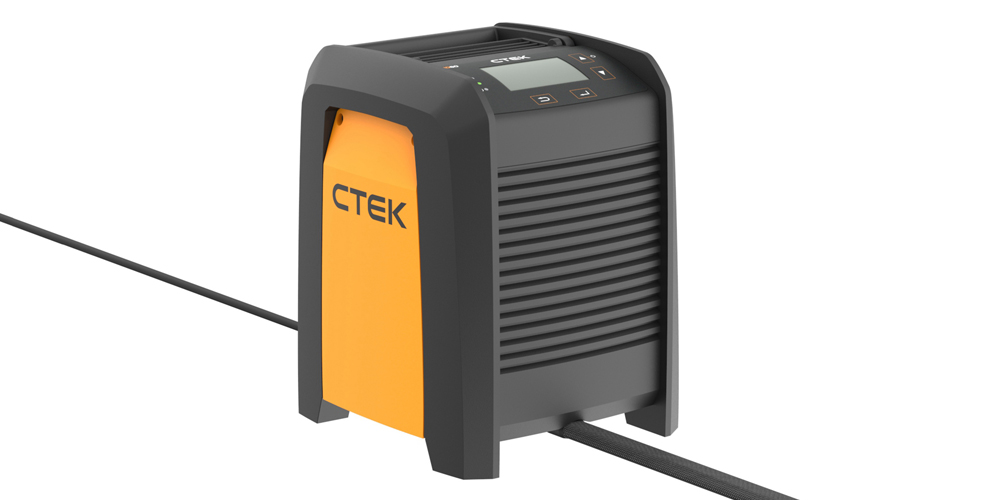CTEK’s guide to avoid ghost faults in the workshop
When a vehicle arrives for fault-finding or repair, the first thing you will do in most cases is connect it to a diagnostic tool, to find out where the fault is. But if the battery is not supported and has low voltage, an incorrect error code may be reported by the diagnostic tool – this is known as a ‘ghost fault’. It happens because the vehicle is trying to protect the unsupported battery, which it does in many cases by shutting down the systems it does not really need, like the radio, the air conditioning, or the start/stop function – and that is recorded as a fault.
So when we talk about ghost faults, we mean a fault that your diagnostic tool detects for one component, that has actually arisen from another – any clearer?!!! If you do not know the real cause of the fault, you will try to repair a fault that is not really there, thereby the name “ghost fault”. CTEK has some tips on how to avoid ghost faults in your workshop.
Before undertaking diagnostic work it is important to check the battery to see if the voltage is low. When the vehicle is undergoing service, it is crucial that the battery is hooked up to a battery support unit.
By making sure that a vehicle battery is tested when it first enters the workshop, and supported during any diagnostic procedures, workshops will avoid frustrating and misleading “ghost-faults”.
If you do not know that the problem is low voltage, you will be looking for a fault that is not there. Ghost faults can increase service times, risking the efficiency of the workshop and their reputation.
CTEK recommends two crucial steps when the vehicle arrives at the workshop:
1. Firstly, you need to test the battery to identify if the battery has low voltage. You could use CTEK’s PRO Battery Tester.
2. Secondly, you need to connect the vehicle to a battery support unit, in supply mode, before you start doing any diagnostical work. A lot of battery support units, such as the CTEK MXTS40, PRO60 and PRO120, enables you to specify the required voltage, so that potential ghost faults are not reported.
We know that around 50% of vehicles entering the workshop has a battery that needs attention – so it’s quite likely the battery will need support. Using a smart battery charger and support unit means that as well as supporting the battery it will charge it too – protecting against battery voltage dropping even lower that it was when it arrived in the workshop.
So, testing and supporting the battery during vehicle diagnostic and service work will give you the confidence that you won’t get spooky ghost fault reports, that can waste time, resources and give you a headache you could definitely do without!



















